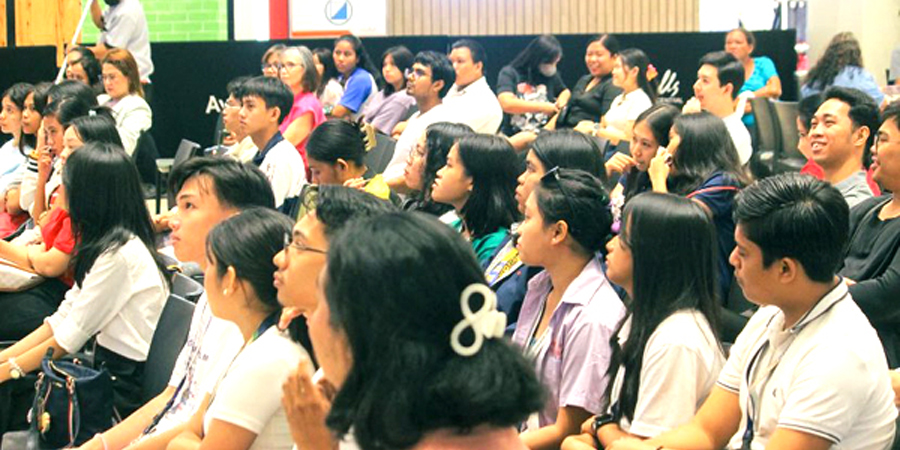
I was one of five female speakers from various sectors who spoke before tertiary-level students as part of the recent International Women’s Day celebration. The forum, entitled ‘Women in Position’, focused on the experiences of career women. Aside from sharing my experiences, struggles, and triumphs as a female academic, I discussed the societal pressures women face and the existence of double standards.
I was candid when addressing the audience, which comprised male and female tertiary-level students, stating that despite our assertions of progress toward gender equality, statistically, we have not yet achieved it. A study by a group of professors from the University of Buffalo School of Management before the pandemic revealed that women held only 26 percent of executive-level positions in S&P 500 companies in the United States. The S&P 500 is a stock market index that monitors the stocks of 500 large-cap US companies. Investors utilize it as a benchmark for the overall market, against which all other investments are measured.
The study, which aggregated 59 years of research encompassing more than 19,000 participants and 136 studies from lab, business, and classroom settings, revealed that although the gender gap has narrowed in recent decades, it persists (Badura & Grijalva, et al., 2018). Societal pressures were identified as the main driver of the gender gap, influencing the development of gender-specific personality traits. For instance, men are often encouraged to display assertiveness and dominance, traits that lead to active participation in group settings and are associated with leadership qualities. On the other hand, women tend to display more communal, cooperative, and nurturing traits. The researchers found out that stereotypical characteristics of women — being sensitive and having concern for others, made females less likely to be seen as leaders. But hey, aren’t those same characteristics that make leaders effective? The researchers highlighted that the unconscious bias against communal traits often causes organizations to unintentionally select the wrong individuals for leadership roles. They end up choosing people who are loud and confident but may lack the ability to support their followers’ development and success.
To tackle the gender gap and counter unconscious bias against women, female staffers at the White House during Barack Obama’s presidency adopted a strategy of amplifying each other’s comments during meetings and giving credit to the person who made the statement first. This approach ensured that women’s voices were heard. Such strategies help the most qualified individuals stand out and advance into leadership roles, regardless of gender.


In the Philippines, among over 2,100 higher education institutions, 39 percent, or 850 institutions in 2012, were led by women according to CHED records. Dr. Emerlinda Roman was the first female president of UP, appointed at the age of 63. However, Dr. Roman and other Filipino women are relatively rare examples of women reaching the upper echelons of academia in Asia, a region where female participation in administrative and research roles is much lower.
While the Philippines boasts a significant number of female university administrators — with women accounting for almost half of the country’s researchers, surpassing some Western countries — Asia as a whole lags behind much of the world, with women representing only 18 percent of researchers, according to UNESCO figures.
According to a UNESCO report, globally, women make up only 29 percent of researchers. Venezuela and Latvia have the highest proportion of female researchers of any country, at 55 percent. In Europe, the picture varies, with less than 25 percent in Germany and between 35 percent and 45 percent in Britain.
The Philippines and Thailand stand out in Asia, with women accounting for more than 45 percent of researchers. However, despite the impressive increase in female student enrollment in higher education across Asia, academics say this has yet to translate into significant numbers of women being appointed to senior research and administrative positions.
In Hong Kong, for example, where some of Asia’s most highly-ranked universities are located, women make up more than half of all undergraduate students. However, the universities have not yet had a female president or vice-chancellor. While about a third of Hong Kong faculty members are women, they represent just under 10 percent of vice presidents or pro-vice-chancellors and less than 60 percent of faculty deans.
It will take some time before women can be promoted through the ranks. A recent McKinsey Study by Field et al. (2023) highlighted women’s lower likelihood of being hired into entry-level roles initially. Following that, fewer women progress through the ranks due to the ‘broken rung’ at the first step up to management. For every 100 men promoted from entry-level positions, only 87 women are promoted. If we do not achieve equal representation of women in the workforce from the outset, how can we expect women to achieve equality higher up the leadership ladder? If men significantly outnumber women in management levels, women will struggle to catch up, as there are too few women to promote to senior leadership positions.
Women are more ambitious than ever, and workplace flexibility is a key driver for them. However, despite some hard-won advancements, women’s representation is not progressing at the same rate as indicated in the latest McKinsey report.
I highly recommend reading the McKinsey report to gain a clearer picture and a more accurate understanding of the significant realities regarding women’s experiences in the workplace. The report highlights that “women, particularly women of color, continue to face the greatest challenges in middle management, and microaggressions have a profound and lasting impact on many women, particularly those with historically marginalized identities.”
If you were to ask me if we are there yet, my answer would be: not yet. Perhaps we have made some progress; however, much has to be done, still.*







